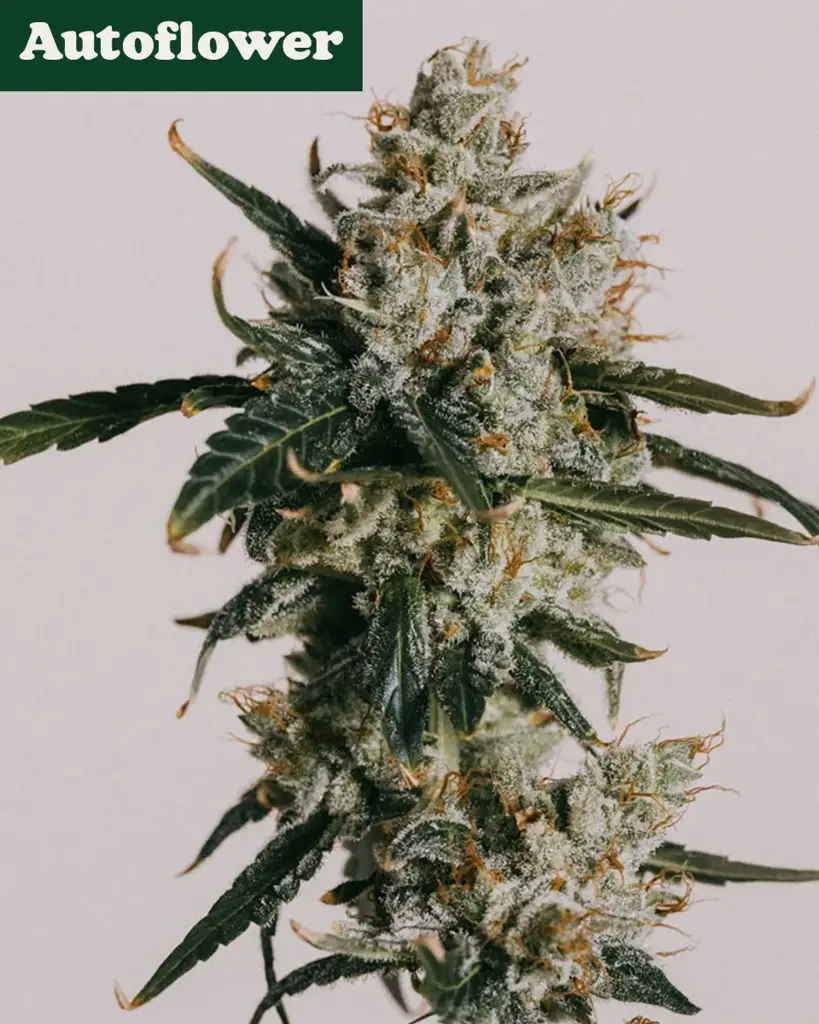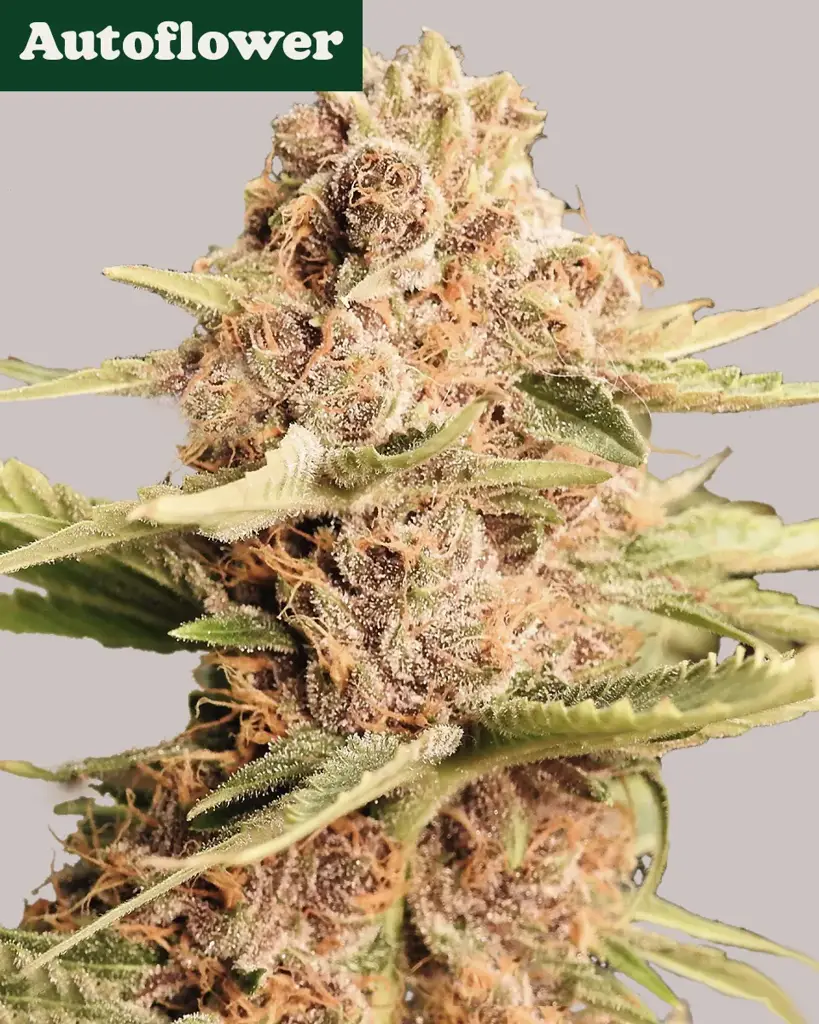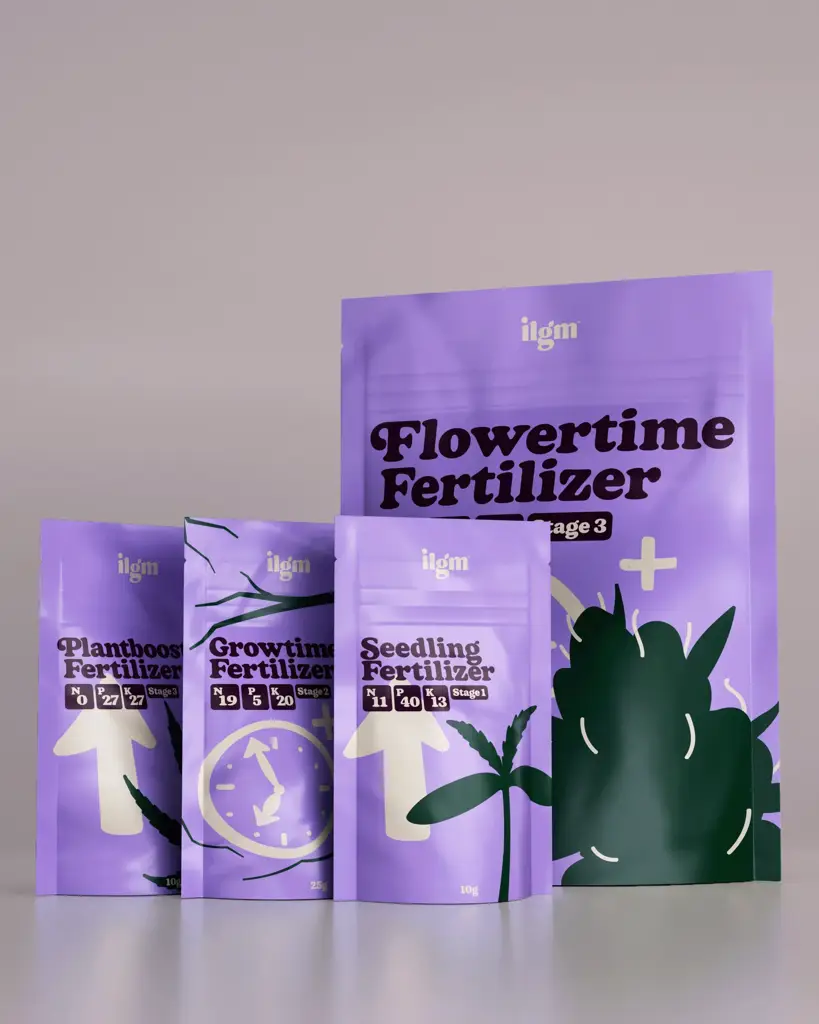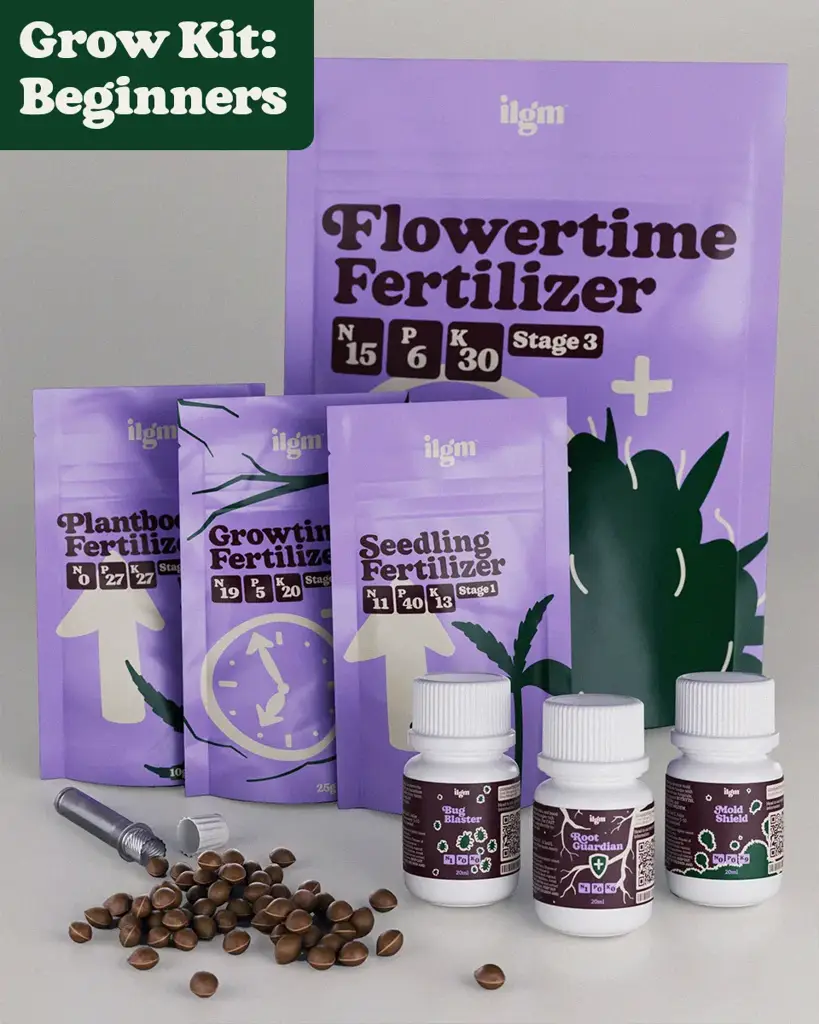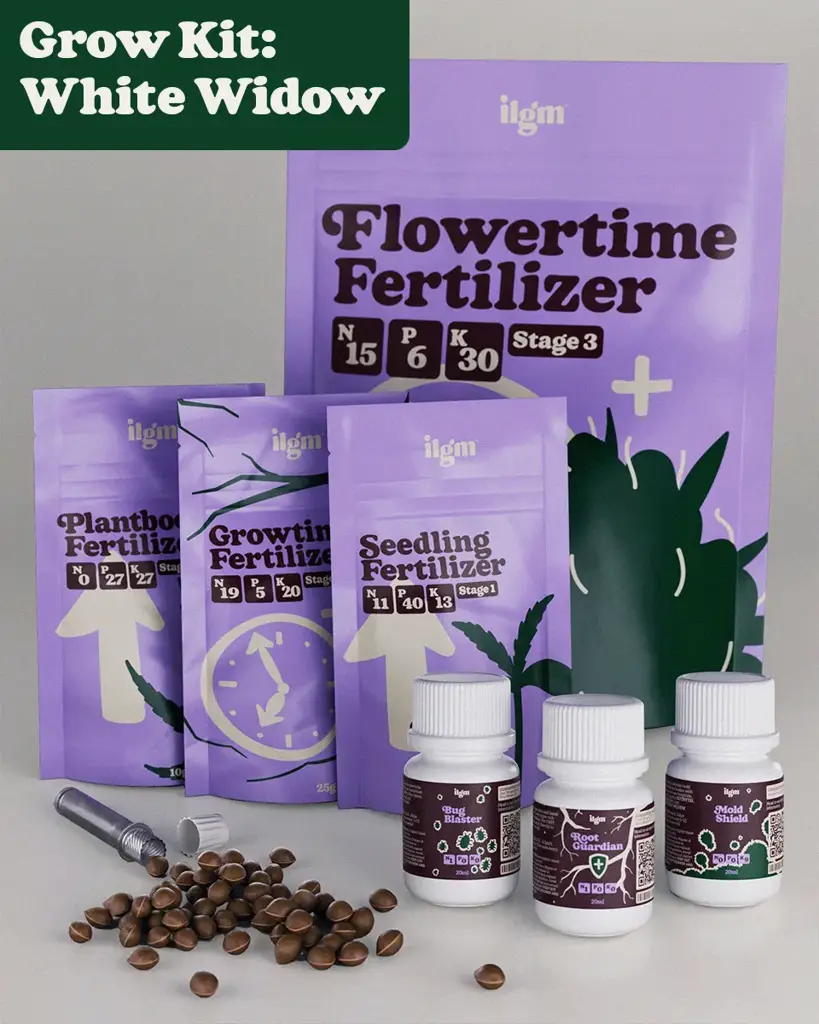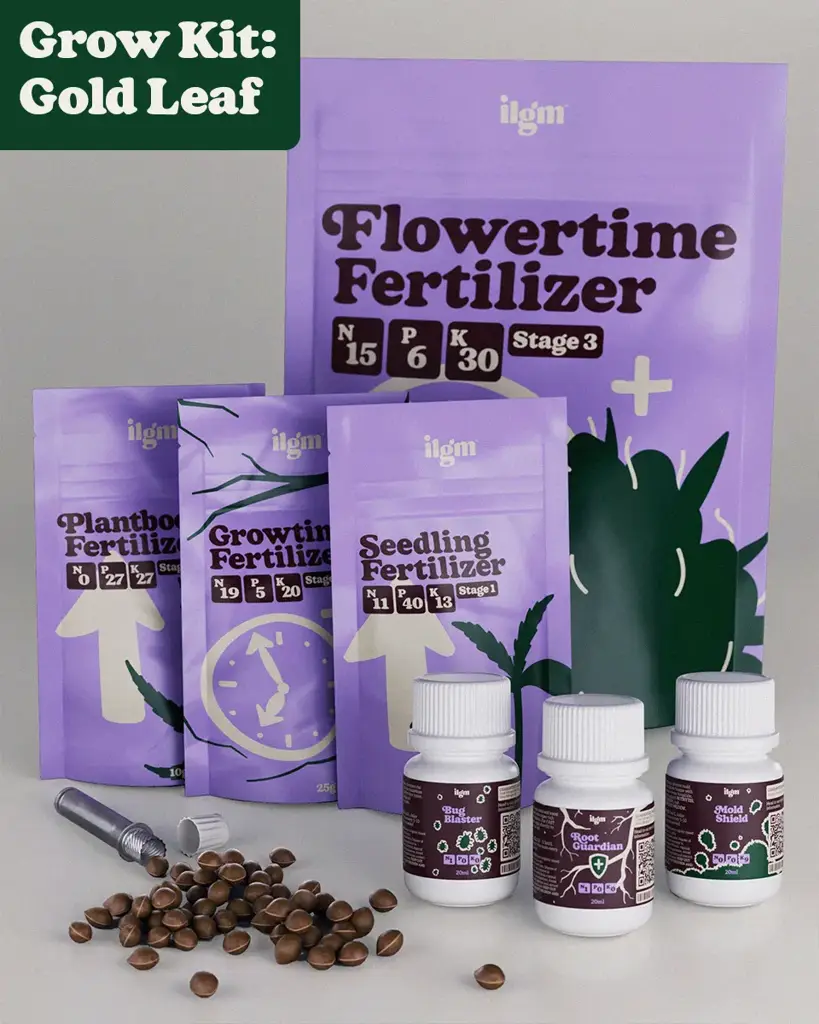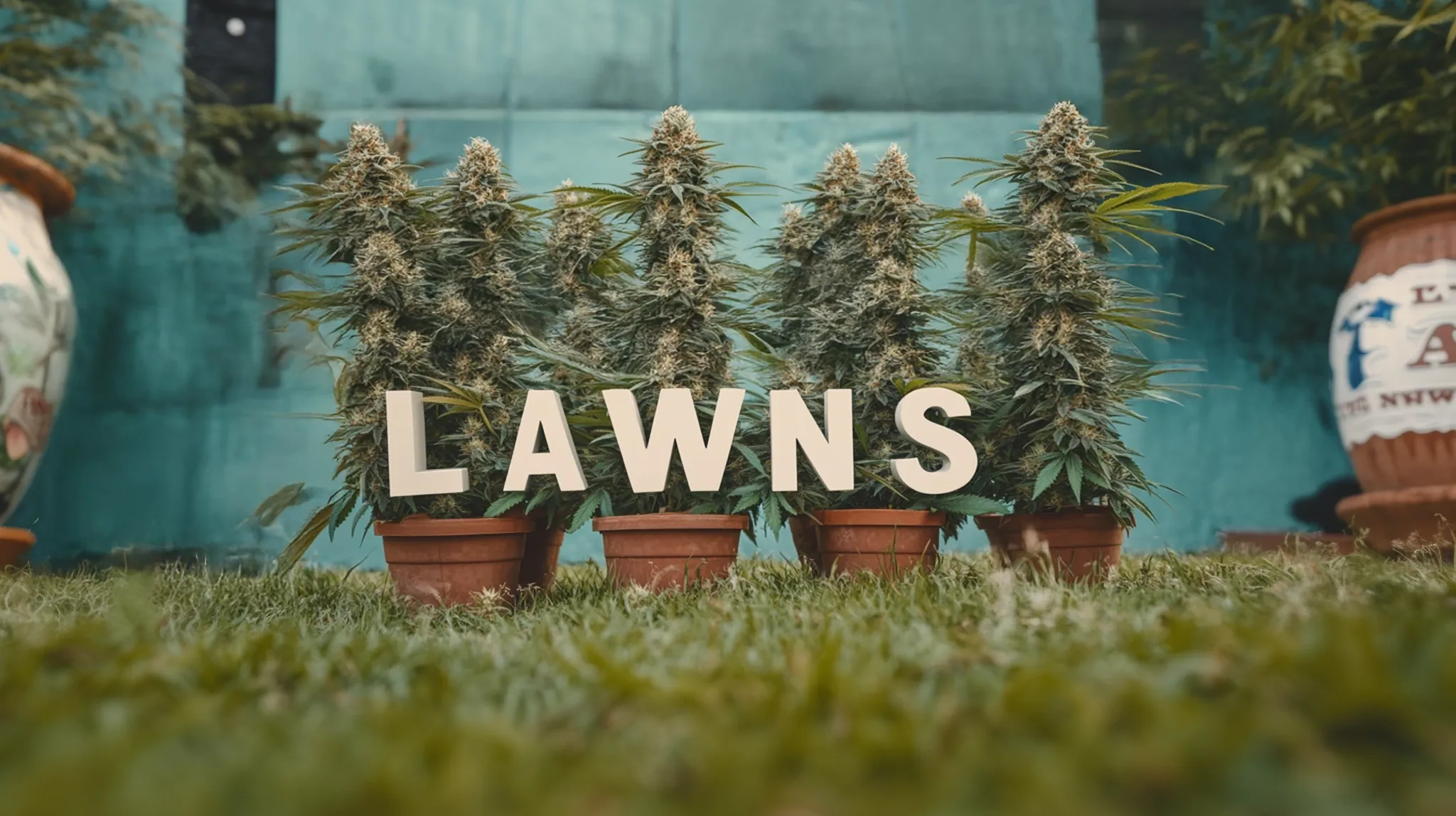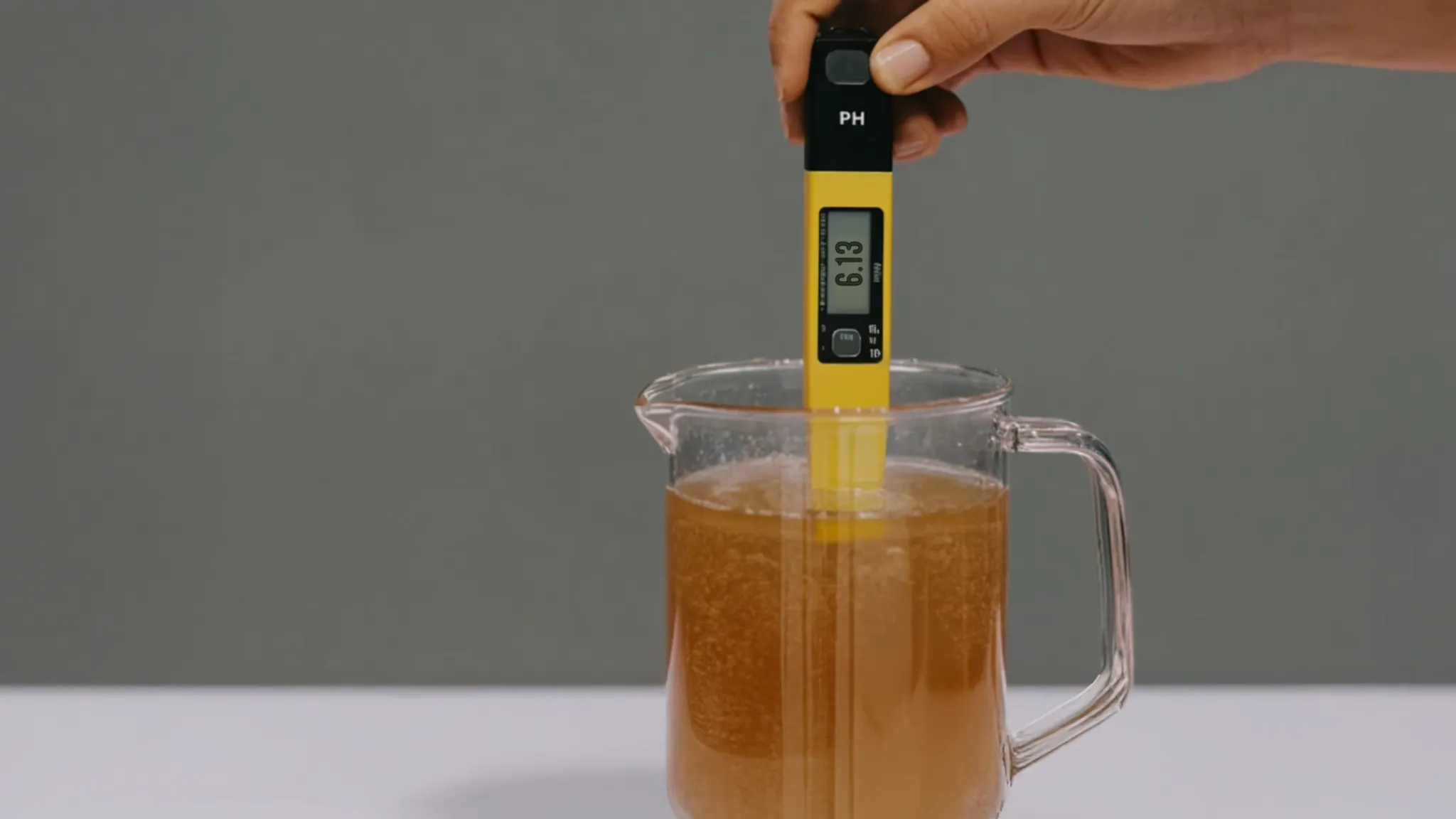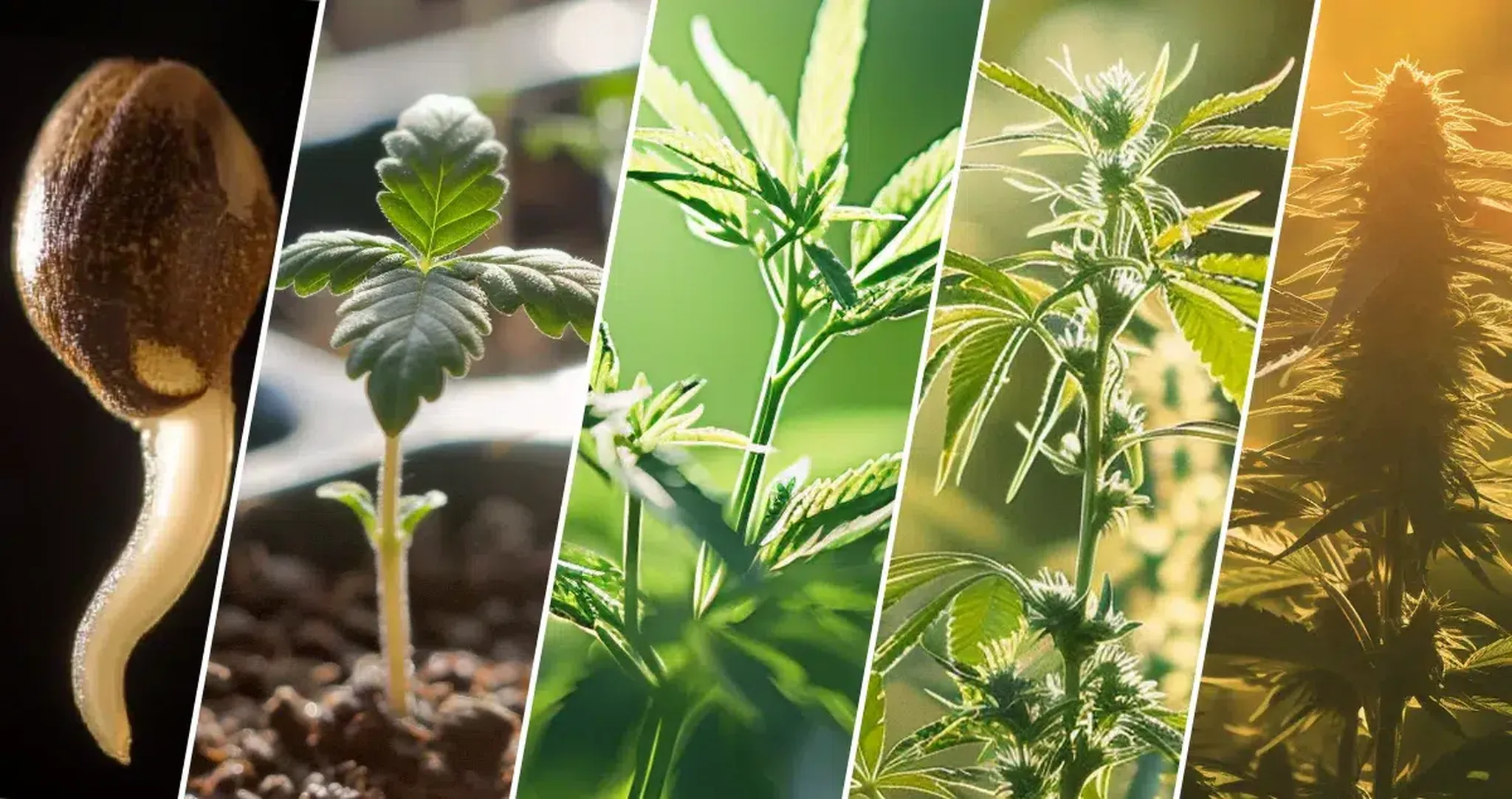
What Cannabis Needs To Grow
Growing cannabis can feel overwhelming at first, but trust me, once you get the hang of the basics, it’s smooth sailing. This guide will help you understand what your cannabis plants need to thrive, using the acronym L.A.W.N.S.—Light, Air, Water, Nutrients, and Substrate.
Table of contents
Whether you’re growing photoperiod plants or autoflowers - indoors or outdoors, getting these things right will help your plants flourish. Let's break it down step by step.
Too Long, Didn't Read
Light: Cannabis needs plenty of light; photoperiod plants require 18-24 hours in veg and 12 for flowering, while autoflowers aren’t tied to a light schedule.
Air: Fresh air and proper airflow are key—keep temps at 68-78°F and humidity between 40-70% to avoid mold and disease.
Water: Water carefully and maintain a pH of 6.0-6.5 to help plants absorb nutrients properly.
Nutrients: Cannabis needs a mix of macronutrients and micronutrients, adjusting more nitrogen for veg and more phosphorus for flowering.
Substrate: Use well-draining, pH-balanced soil with added perlite or coco coir for better oxygen flow to the roots.
Light: The Source of Energy
When it comes to growing cannabis, light is one of the most important factors. Like all plants, cannabis plants use light to produce energy through photosynthesis, which is vital for healthy growth, leading to bigger, trichome-covered buds. But how much light does your plant need? Well, that depends on whether you’re growing photoperiod plants or autoflowers.
Photoperiod vs. Autoflower Light Schedules

Photoperiod plants rely on light schedules to transition from their vegetative stage (where they focus on growing leaves and stems) to the flowering stage (where they grow buds). They usually need 18-24 hours of light during veg and 12 hours of light in flowering.
Autoflowers, on the other hand, are a bit easier—they don’t need a strict light schedule to start flowering. They’ll bloom automatically after a certain amount of time, which means you can keep them under light for 18-20 hours a day from start to finish. This makes autoflowers a great option for beginners who are still honing their skills.
Our Bestsellers
Air Circulation: Keeping Your Plants Breathing Healthy
Cannabis plants, like all living things, need fresh air to grow. Good air circulation ensures your plants get plenty of carbon dioxide (CO2), which they use to make energy. Healthy airflow also helps prevent issues like mold, pests, and other diseases.
Cannabis Temperature and Humidity Control
 Along with fresh air, cannabis plants thrive in specific temperature and humidity ranges. Aim for temperatures between 68-78°F (20-25°C) during the day and slightly cooler at night. Humidity is also key—young plants need higher humidity (around 60-70%), while mature plants prefer it lower (40-50%). Keeping the temperature and humidity in check helps your plants absorb nutrients and water properly, which boosts their growth. This makes it worth investing in a reliable thermometer/hygrometer to keep an eye on those levels.
Along with fresh air, cannabis plants thrive in specific temperature and humidity ranges. Aim for temperatures between 68-78°F (20-25°C) during the day and slightly cooler at night. Humidity is also key—young plants need higher humidity (around 60-70%), while mature plants prefer it lower (40-50%). Keeping the temperature and humidity in check helps your plants absorb nutrients and water properly, which boosts their growth. This makes it worth investing in a reliable thermometer/hygrometer to keep an eye on those levels.
Water: Essential for Life (and Growth)
Watering your cannabis plants is a balancing act: Too much water can drown the roots and lead to root rot, while too little will make your plants thirsty and stressed. Understanding how much and when to water is crucial for healthy cannabis plants. With time and experience, you will get a grasp of this, recognizing the signs and knowing when is the right time to water your plants.
Water pH: The Hidden Key

One thing beginner growers often overlook is the pH level of their water. Cannabis plants prefer slightly acidic water, with a pH of around 6.0-6.5 for soil growth. This helps the plant absorb nutrients more effectively. If the pH is too high or low, your plants might suffer from “nutrient lockout,” where they can’t take in the food they need, even if you’re giving them the right nutrients.
Pro Tip: Always check your water’s pH level before watering and adjust it if needed with pH up or pH down solutions. Various pH kits are available online.
Need Fertilizer?
Nutrients: What to Add and When?
Just like people need a balanced diet, healthy cannabis plants need the right nutrients to grow strong and produce high, rewarding yields. There are two main types of nutrients your plants need: macronutrients and micronutrients.

Macronutrients: The Big Three
Nitrogen (N): Helps plants grow leaves and stems, especially during the vegetative stage.
Phosphorus (P): Encourages root development and is crucial during flowering.
Potassium (K): Supports overall plant health, helping with water regulation and disease resistance.
Micronutrients: The Small But Mighty
Your plants also need smaller amounts of minerals like calcium, magnesium, and iron. These are essential for various growth processes, but too much or too little can cause problems. Make sure you’re using a balanced nutrient solution designed for cannabis plants.
When to Feed Nutrients
During the vegetative stage, cannabis plants need more nitrogen to help them grow bigger. As they transition to flowering, you’ll want to dial back the nitrogen and focus more on phosphorus and potassium to encourage healthy bud development.
Substrate: The Foundation for Growth
The substrate—or the growing medium—is where your plants develop their roots. Most beginners start with soil because it’s forgiving and easy to work with. But not all soil is created equal.
Choosing the Right Soil

Look for a high-quality potting mix designed for cannabis. It should have good drainage and a balanced pH level (around 6.0-6.5). Adding perlite or coco coir to the mix can improve drainage, ensuring your roots get enough oxygen without getting waterlogged.
Soil pH: Keep It Balanced
Maintaining the right pH in your soil is just as important as in your water. Regularly check the pH of your soil using a simple pH meter, and adjust it if necessary. This will help your plant's roots absorb nutrients more efficiently, leading to better growth and, ultimately, better yields.
Conclusion: Ready to Start Growing?
Growing cannabis is a journey, but now you’ve got a basic roadmap to follow with L.A.W.N.S. to guide you. By understanding the basics—light, air, water, nutrients, and substrate—you’ll be on your way to cultivating healthy cannabis plants in no time. Whether you’re growing indoors or outdoors, the key to success is patience and practice. So get started, don't be scared to experiment, and, most of all, have fun with it!

Roach
Roach, a 20+ year cannabis enthusiast, activist & storyteller, blends humor, art & expertise—crafting words, strains & macabre masterpieces.
Continue Reading
You might also find these interesting.


